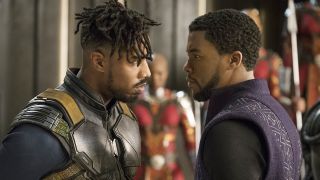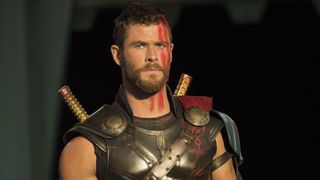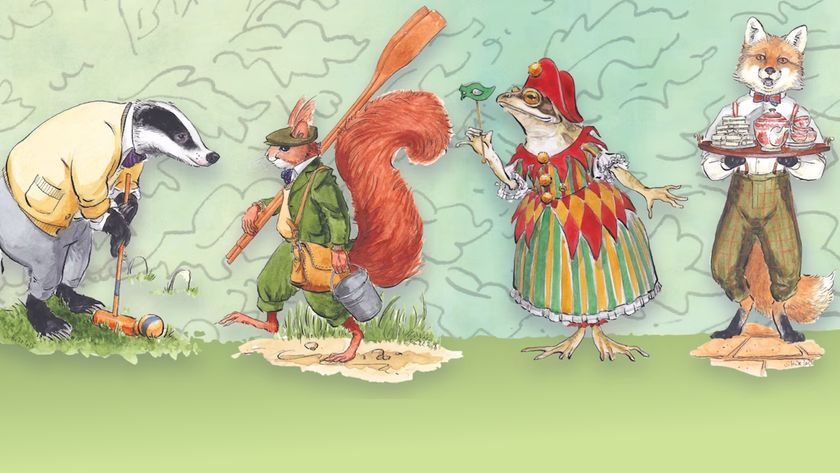An incredible comeback: The turbulent history behind Hulk's transition to the big screen
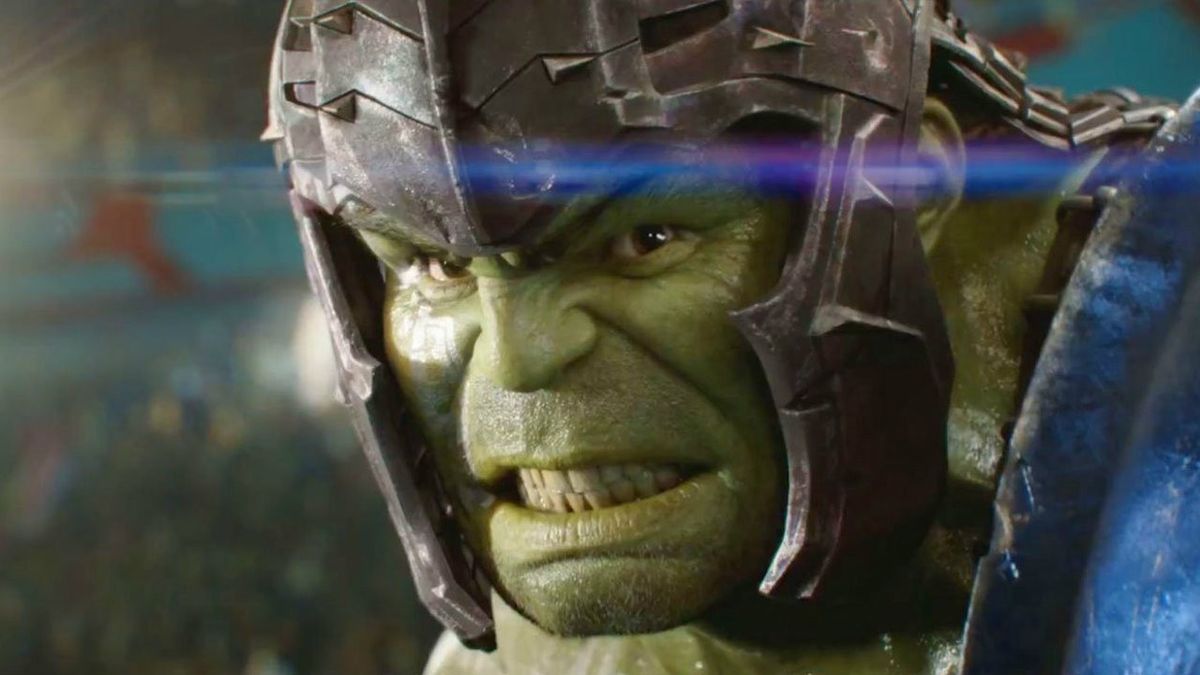
As night creeps in, top scientist Dr. Bruce Banner feels stirrings. Something happened when he was hit with gamma rays in that experi-bomb test. What, though? As he waits to find out with Rick Jones, the kid Banner saved from the bomb blast, a Geiger counter flutters ominously. Suddenly, Banner becomes beast, skin a dirty shade of... wait, is that grey?
In the Hulk’s 1962 debut, his skin colour reminds us that even his co-creators, Stan Lee and Jack Kirby, didn’t quite know where to go with the not-yet-jade giant. Hell, the big fella didn’t say “Hulk smash” for five years. The emerald icon-to-be was, it seems, a tricky bugger to nail own. Fifty-five years on, the Marvel Cinematic Universe knows it. After the Hulk flew away in Age of Ultron’s climax, Hulk-watchers speculated about possible future destinations. Would a standalone adaptation of Greg Pak’s Planet Hulk comic follow?
Yes but no: Hulk dons space-gladiator duds for Thor: Ragnarok, not for his own headline film. Between rights issues and failed Hulk movies, reasons for the lack of a solo Hulk film are mixed. But one thing rings clear: like many problem kids, the Hulk’s massive potential needs nurturing more carefully than most.
Bruce cannon

“Is he man or monster or... is he both?” The words that screamed from the cover of the first Hulk comic planted the seeds of future Hulk conflicts, though the impetus behind his creation was simpler: to split open the spandex. “I was getting tired of the normal superheroes,” Lee explained. Lee’s answer was to forge a character in a crossfire of Cold War anxieties, nuclear fear, psycho-dramatic trauma and soulful monsters.
Initially, Banner became the Hulk at sunset, not when he got angry, like the Wolf Man under the Moon. On page, a visual resemblance to Boris Karloff in Frankenstein rang out sharper than lime juice. Characterisation proved murkier. The thinking behind Hulk’s colouring was loose: he only became green because grey caused printing problems for the comics, which only lasted for six issues before cancellation. Plus, “The Hulk was like a new character in each of those six issues,” Marvel veteran Roy Thomas remarked. “Stan was trying whatever worked.”
Despite the stumbles, Lee saw how the green meanie could be a useful team-player. The Avengers helped relaunch the Hulk in 1963 and he helped them in return. “Having the Hulk in it made it easier to write the issues, because you never know, is he gonna be good? Is he gonna be bad? Is he gonna cooperate, or will he be against the Avengers?”
Lee capitalised on these ambiguities. Though the Hulk’s own rogues gallery included the Leader, the Abomination, Nightmare and more, his relationships with the Avengers were also beset with trust issues. When the Hulk battled the Avengers and Fantastic Four, Marvel hit its event-mode stride. Turned out the problem kid had splash-page power.
Sign up to the SFX Newsletter
Get sneak previews, exclusive competitions and details of special events each month!
Paint and gain
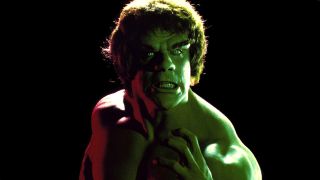
In the mid-’60s, Banner’s impulse-driven antihero gained traction among students. By 1971, he even made the cover of Rolling Stone magazine. Seven years on, the Hulk spoke to a generation (without many words) loudly in TV’s The Incredible Hulk. As ever with the Hulk, the run was fraught but fertile. Not a comics fan, exec producer Kenneth Johnson wanted a raging-red Hulk (Stan Lee resisted).
"I was getting tired of normal superheroes."
Stan Lee
Thinking Lee’s alliterative naming childish, Johnson changed ‘Bruce’ to ‘David’. He envisaged an adult drama pitched between Dr. Jekyll And Mr. Hyde and Les Misérables, focused on Bill Bixby’s Banner being a fugitive from the US Army. A melancholy makeover emerged, hinged on Johnson’s interest in the beasts within us all.
Teething troubles occurred in casting, with Arnold Schwarzenegger and Richard Kiel (James Bond nemesis Jaws) considered for the Hulk role. Arnie recommended Lou Ferrigno. Johnson thought the former metalworker wasn’t actor enough. True, Ferrigno had problems with the greenery when, in one inadvertently camp episode, the Hulk smeared body paint on the bear he was fighting. Yet the show ran for 82 episodes and five TV movies, cementing Ferrigno as the Hulk in fans’ eyes for decades.
Green screen
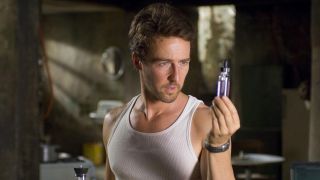
Green screen Ferrigno’s expressive voice again roared in The Incredible Hulk (1996-7), the culmination of appearances in animated titles including Marvel Action Hour (1994-96). He also cameoed in Ang Lee’s 2003 reboot, the path to which exposed the challenges of a headline Hulk movie.
Producers Avi Arad and Gale Anne Hurd spent years trying to crack the problem. Jonathan Hensleigh (The Punisher) and Joe Johnston (Jumanji) were mooted helmers. Potential villains included insectoid ex-cons and terrorists, besides vintage Hulk bad ’uns General Ross, The Leader and Bruce’s dad.
Writer Michael France claimed Universal didn’t know whether to pitch the project as sci-fi or comedy, a tonal issue that lingered in Lee’s movie. With ambition and affection, Lee revelled in the superpowers and psychodrama of the Hulk’s story: but the serious/smash-y balance was off and the middling effects drew Shrek comparisons.
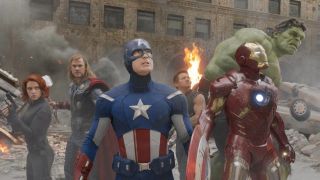
Every Marvel Cinematic Universe movie, ranked from worst to best
Yet Lee’s film had more distinction than the MCU’s leaner The Incredible Hulk (2008), which struggled with lame plotting and a miscast Ed Norton. Louis Leterrier’s box-office flop joined Lee’s Hulk in smashing hopes of standalone Hulk movies: its $263.4m haul hardly tempted repeat visits. Norton’s messy time as the Hulk grew messier post-film, when radioactive rumours of star/studio conflicts climaxed in his departure.
Yet just when the Hulk seemed a lost cause, Joss Whedon stepped in. Answering Stan Lee’s complaint that the two movies had made the Hulk too powerful, Whedon’s The Avengers used mo-cap to keep the innately human Mark Ruffalo in focus: for the first time, one actor played Banner and the Hulk throughout.
While Whedon’s script deployed the Hulk with sparing care, Ruffalo unified his man/ monster extremities. Yet even Whedon struggled. “The Hulk is the most difficult Marvel property. Is he a monster? Is he a hero? Are you going to root for a protagonist who spends all his time trying to stop the reason you came to the movie from happening?”
Back to the future
Beyond these creative challenges, rights issues stand in the way of headline Hulk movies. Although Marvel can make them, Universal has the first right of refusal on distribution. But a similar problem was resolved between Marvel and Sony for Spider-Man: Homecoming, so such issues could perhaps be overcome, given the right story.
Shirt-shreddingly good ideas are abundant on page. The Hulk has undergone many overhauls in the comics, from Professor Hulk to Savage Hulk to Guilt Hulk and beyond. Bill Mantlo’s comics dug deep into Banner’s childhood traumas. Peter David’s ridiculously full-bodied 12-year comics run ranged vigorously from journeys into the Hulk’s fractured psyche to Aids-themed storylines and psychedelic fantasies. Banner’s doomed love for Betty Ross is a constant.
Elsewhere, at opposing extremes, an outsized Hulk ate Wolverine in Mark Millar’s Old Man Logan and a micro-world Hulk featured in a vintage Roy Thomas story. Greg Pak’s Planet/World War Hulk tapped into Hulk’s grand-scale potential; meanwhile, Mark Waid’s The Indestructible Hulk gave the Hulk new imaginative reach. And dinosaurs to fight. Don’t rule out Grey Hulk, either. He appeared in Peter David’s comics as Vegas heavy Joe Fixit. Whedon also almost used him in Ultron.
You can’t keep a good Hulk down, much less pin him to one interpretation. As for the future, Ruffalo promises “a lot of changes for Banner and Hulk” from Ragnarok to Infinity War. Fifty-five years after that grey day, there’s still plenty stirring under Banner’s skin.
This feature original appeared in Total Film magazine. Pick up the latest issue now or subscribe for you never miss an issue.
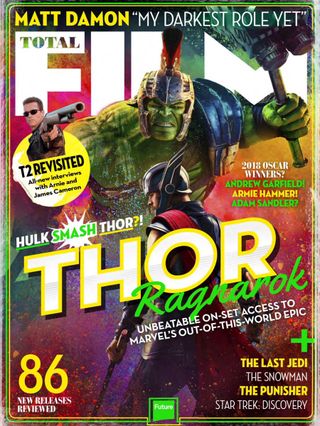
Kevin Harley is a freelance journalist with bylines at Total Film, Radio Times, The List, and others, specializing in film and music coverage. He can most commonly be found writing movie reviews and previews at 12DOVE.
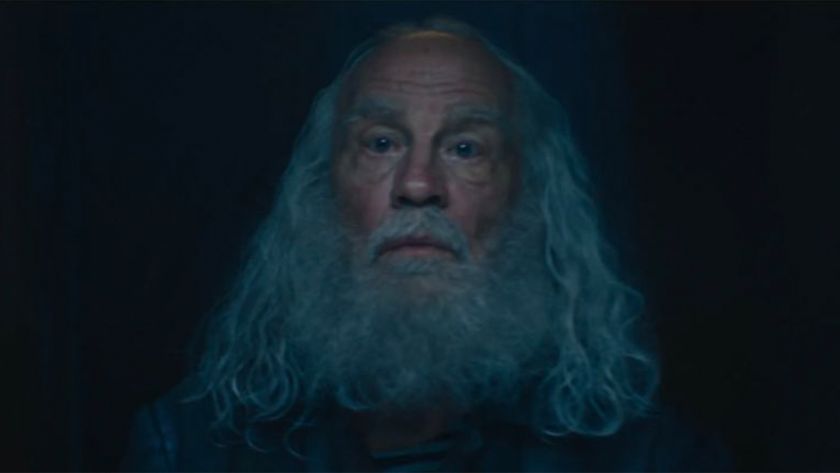
Fantastic Four star John Malkovich reveals he's turned down Marvel before because of bad pay: "If you're going to hang from a crane in front of a green screen for six months, pay me"
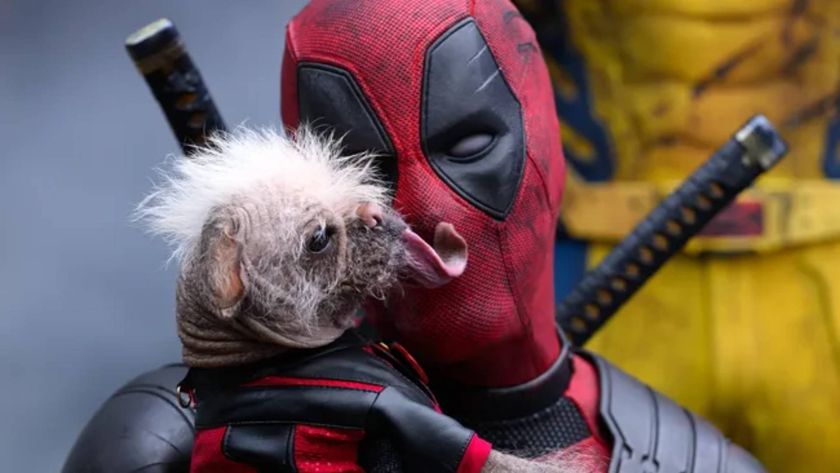
Marvel fans have just noticed a deep-cut comic Deadpool variant in Deadpool and Wolverine, and it's a perfect hidden joke
Most Popular






